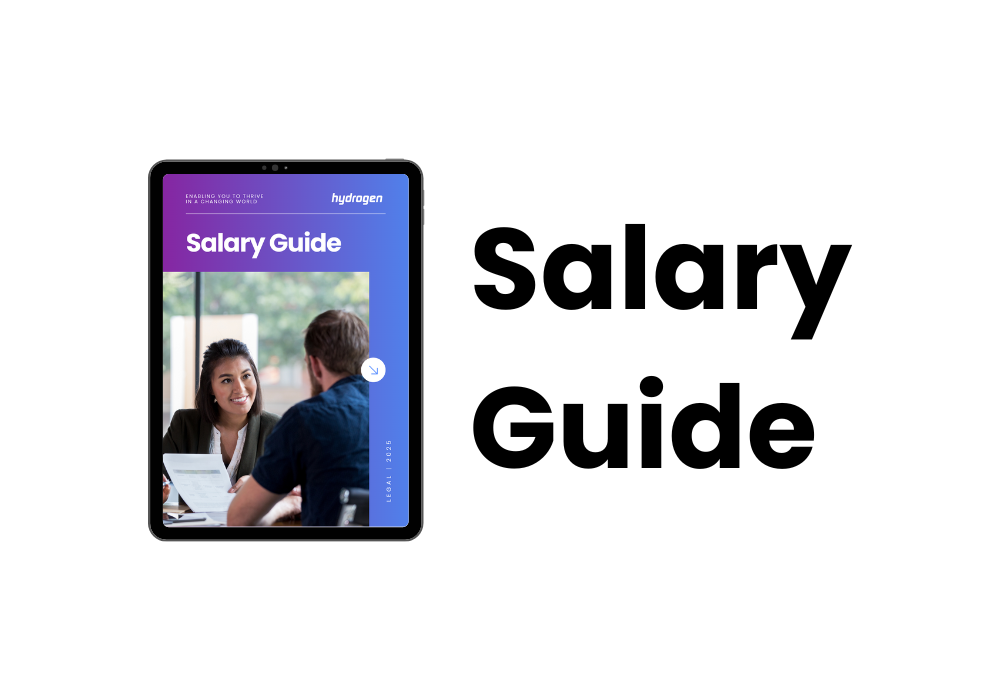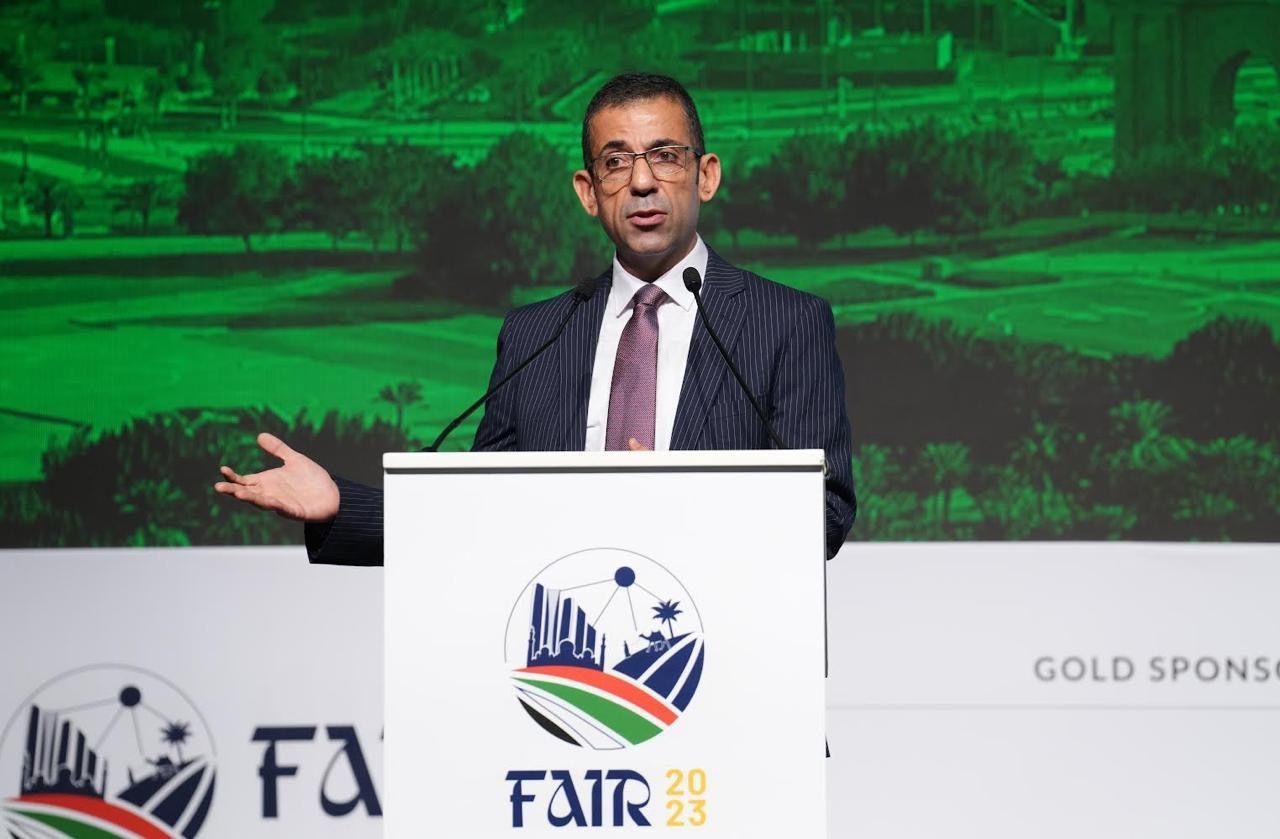Diversity & Inclusion: Build your brand
For decades, we have been learning and appreciating the importance of Diversity and Inclusion in the workplace. Globally, our clients are striving to do more to shift the dial and enable better representation in their workforces. Undoubtedly, we still have a lot of work to do! We still see initiatives that are too narrow, and the bar is set too low because addressing the issues is just too hard.
In this mini-series, we will be considering recruitment strategies aimed at successfully attracting and selecting the best talent, whilst helping you build your brand along the way. We want to help you foster a culture where inclusion equals success!
In our last edition, we looked at ways to ensure we are attracting the widest pools of talent when advertising a new role – check it out here. However, even with the most perfect job spec and advertising in all the right places, you are unlikely to succeed in making a difference without spending crucial time building your brand as an employer. What do you stand for? What are you known for? Who do you want to be?
In this edition, we will consider ideas aimed at enhancing your presence on the market to become an employer that the best talent really wants to work for!
The importance of a strong employer brand
Employer branding internally is all about what a company and its employees stand for, and it helps with recruitment, engagement, and retention. Externally, it’s more about the market perception of an employer and how it differentiates from its competitors, which ultimately affects candidate attraction. Most candidates want to work for a company with a positive employer brand and will quickly avoid employers with a negative reputation. Even passive candidates can be persuaded to move when an employer with a market-leading brand shows an interest in them. When a business builds its employer brand with its corporate values on its sleeve, it shows existing and potential employees who it really is, and when those values are aligned with those of their employees and candidates, it can be a very powerful tool.
Developing your employer brand through D&I
It’s important to know where you’re starting from, so an employee survey will help you begin to audit your brand and make improvements. What employees (and candidates) want from an employer and their career changes all the time, both with new generations of talent having their own values and priorities, and with changes in our working lives, such as the seismic shift brought on by the pandemic. Building an employer brand requires listening to and embracing these needs, whether they centre around an improved work/life balance or sustainable practices. Top of the agenda today is diversity and inclusion.
A solid D&I policy that underpins how a business acts will not only attract talent but also help retain and support employees. Candidates favour companies where they can see they will be made welcome, have a voice, and are able to be themselves in the workplace. Companies that showcase a diverse workforce and champion inclusivity will have a competitive advantage and will be seen as an employer of choice. But you don’t just reach that level with a simple policy in place, it’s vital to walk the talk and promote the message. Candidates can always spot a fake! Here are some steps employers can take to improve the D&I aspect of their brand.
D&I initiatives
Language and online presence:
From the outset, using the right language, not just in job ads as we mentioned before, but across the board in meetings, on social media, and with clients, positions a company correctly and shows that the values come from the top and permeate throughout the core of the corporate culture. Ensuring the D&I agenda is promoted as an integral part of the employer’s online life, from the website to social media posts is key. Remember, championing success stories of diversity isn’t showing off, it’s creating awareness in your industry sector.
Networking groups:
Opportunities to network are critical for diverse talent to help them with the challenges they may face, as well as being fundamental to driving change. Networks can provide a safe space for employees to discuss sensitive issues or barriers they are facing, as well as become a collective voice to approach management easily. Having role models and mentoring programmes are equally proven ways of supporting diverse talent. Larger businesses can often do this in-house, but smaller-sized firms should reach out to various communities for positive partnerships. Either way, openly supporting these networks gives them a voice and raises awareness within an organisation.
Social mobility projects:
Even the best-intentioned leaders often prioritise increasing the visibility of racially diverse and LGBTQI+ employees in their D&I programs, without any consideration for socio-economic background. Sadly, easy movement up the socio-economic ladder is often dictated by an individual’s background and a lack of access to education or networks. Projects that aim to help individuals from less advantaged backgrounds gain access to education, professions and industries that have typically been less inclusive aren’t difficult to launch. Partnering with disadvantaged young people in the community, for example, and sponsoring them through mentorship or showing them role models can play a vital role in ensuring a future diverse talent pipeline and initiate real change.
Flexible working:
It’s easy to lose sight, post-pandemic, of the value of a flexible working policy. Working from home, remote working and hybrid working are phenomena that have blurred the lines in the last couple of years. Flexible working not only makes a workforce more agile for the employer, but also vastly widens the talent pool and gives access to serious, often senior talent that can’t do or isn’t interested in 9-5 hours, such as working parents and carers. It also improves employee engagement and retention when an employer gives control and trust to the employee. Employees who can manage their own time and improve their work/life balance because of flexible working policies are less likely to leave and be more satisfied and productive in their roles.
It’s important to remember that if your employer brand isn’t one you want to promote, it’s never too late to fix it.








© Copyright 2024 Hydrogen Group Ltd. All rights reserved | Powered with 🤍 by Shazamme.com





